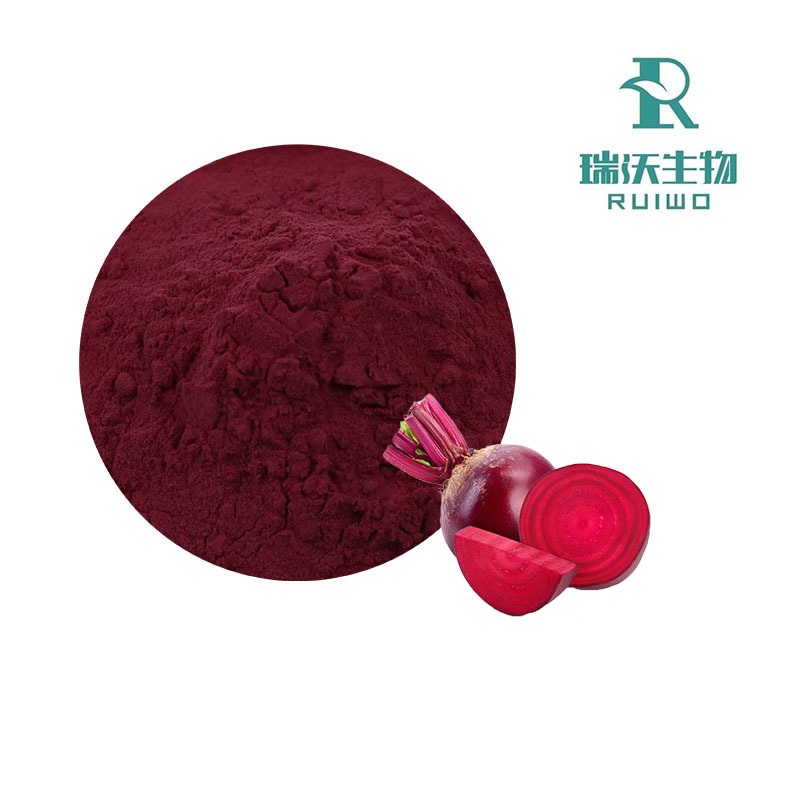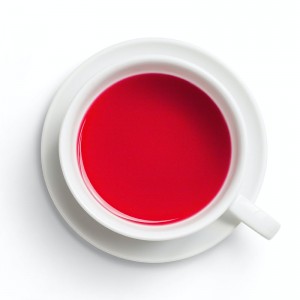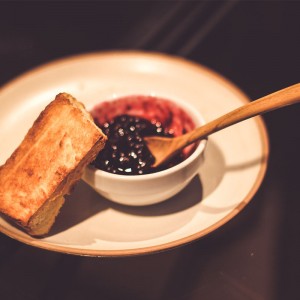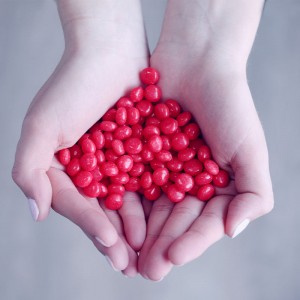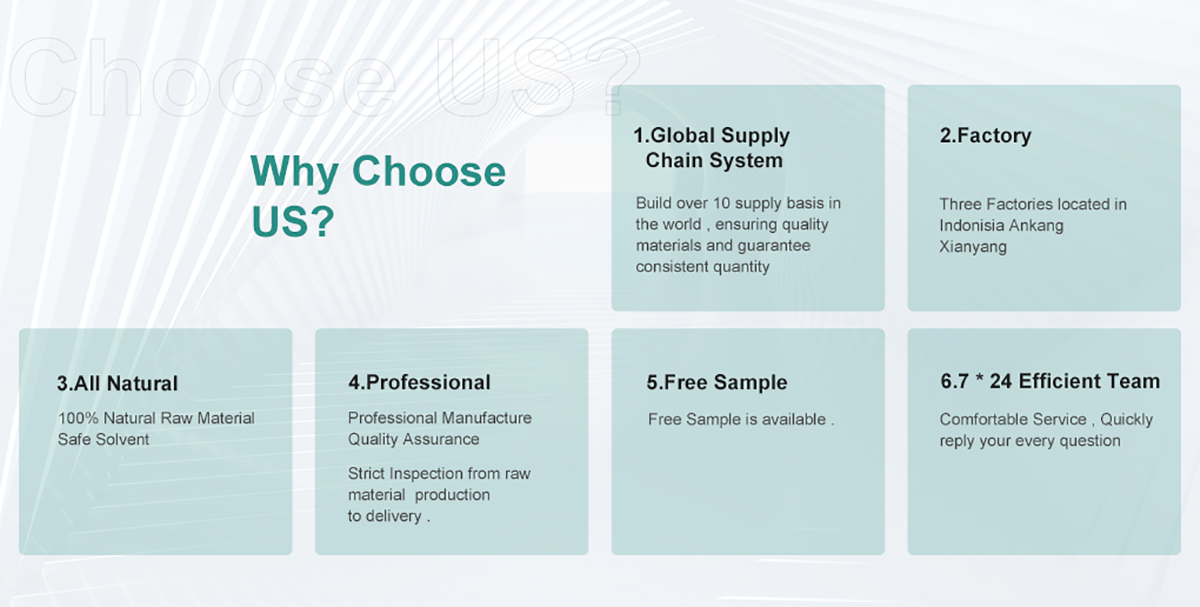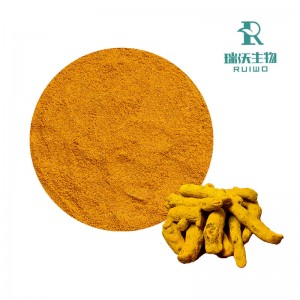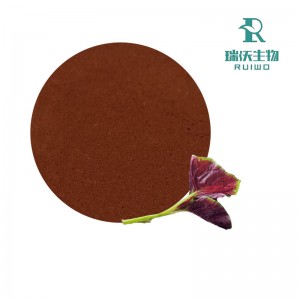Beetroot Red Colorant
Product name: Beetroot Red Colorant
Product Specification: 25:1
E4、E6、E10、E50、E100、E200
Plant Part Use: Root
Mesh Size: NLT 90% through 100 Mesh
Solubility: Partially soluble in hydro-alcoholic solution
Method of Extraction: Hydro-alcoholic
Extract Solvent: Grain alcohol/Water
Test Mothed: TLC/UV/HPLC
Certifications: ISO,KOSHER,Halal,Organic;
The following applications apply:
- As a food color- it is used as a food coloring supplement. Used to give colors to muffins and cakes.
- Soups- it is added to the soup to raise the nutrition value.
- Curries/gravies- can be used to add color without altering the taste of the recipe.
- Hair color- used to make reddish toned hair dye which is mixed with henna before being applied on the hair.
Beetroot, also called beethead, was first discovered in the Mediterranean region about 4,000 years ago and is native to the Mediterranean region and Western Europe. Prehistoric man had already started eating beet, initially eating the leaves and later its roots.
Beet roots in Greek times were long, white and red in color, and sweet in taste. Around 300 B.C., Theophrastus recorded that the beet tasted so good that it could be eaten raw.
Nowadays, they are used in fruit and vegetable shakes, salads, soups and pickles. Because of its particularly bright color, beet is also used as a food coloring agent.
Detail Introduction of Beetroot:
Introduction of raw materials
Beetroot, purple beet, native to the Mediterranean coast of Europe, is a biennial herbaceous tuberous plants, fleshy roots are spherical, ovate, oblate, fusiform, etc.. The root bark and root flesh are purple-red because of the beet red pigment, and several layers of beautiful purple rings are visible in the cross-section. Beet likes to grow in cool temperature environment, so it is planted in northeast China and Inner Mongolia, and is the main raw material used to make sugar. Recent scientific research has proved that sugar radish is rich in nutritional value and has high medicinal value, and it really lives up to the name of "treasure vegetable". Another variant is yellow beetroot, which is golden yellow in color. The texture is crisp and tender, and the taste is sweet with a slightly earthy taste. It can be eaten raw, cold, stir-fried or cooked in soup, and is also a good raw material for decoration, garnishing and carving.
Nutritional Analysis
Beetroot also contains iodine, which is effective in preventing goiter and preventing atherosclerosis. The root and leaves of beetroot contain betaine, which is not found in other vegetables. It has the same pharmacological function as choline and lecithin, and is an effective regulator of metabolism, accelerating the absorption of protein and improving the function of the liver. Beetroot also contains a saponins, it has the intestinal cholesterol combined into a mixture of substances not easily absorbed and discharged. Beetroot also contains a considerable amount of magnesium, which has the ability to regulate the hardening strength of softened blood vessels and prevent the formation of blood clots in the prophetic vessels, and has an important role in the treatment of hypertension. Beetroot also contains a large amount of cellulose and pectin, which has been found to have a function as an anti-ulcer factor in gastric ulcer disease. In medical practice there is also a diarrhea function can eliminate excess water in the abdomen and relieve abdominal distension. Due to the presence of iron, copper, manganese and other elements, it can also treat anemia and wind and other diseases. It can be consumed by the general population. The therapeutic effect of beet is sweet in taste and slightly cool in nature; it has the functions of stomachic, cough, diuretic, antipyretic and detoxification.
FAQ
Q1: Are you manufacturer or trading company?
Manufacturer.We have 3 factories, 2 based in Ankana, Xian Yang in China and 1 in Indonesia.
Q2: Can I get some sample?
Yes, usually 10-25g sample for free.
Q3: What’s your MOQ?
Our MOQ is flexible,usually 1kg-10kg for trial order is acceptable, for formal order MOQ is 25kg
Q4: Is there a discount?
Of course. Welcome to contactus. Price would be different based on different quantity. For bulk
quantity, we will have discount for you.
Q5: How long for production and delivery?
Most products we have in stock, delivery time: Within 1-3 business days after received payment
Customized products further discussed.
Q6: How to deliver the goods?
≤50kg ship by FedEx or DHL etc, ≥50kg ship by Air, ≥100kg can be shipped by Sea. If you have special request on delivery, please contact us.
Q7: What is the shelf life for the products?
Most products shelf life 24-36 months, meet with COA.
Q8: Do you accept ODM or OEM service?
Yes.We accept ODM and OEM services. Ranges: Soft qel, Capsule, Tablet, Sachet, Granule, Private
Label service, etc. Please contact us to design your own brand product.
Q9: How to start orders or make payments?
There are two ways for you to confirm order?
1.Proforma invoice with our company bank details will be sent to you once the order confirmed by
Email. Pls arrange payment by TT. Goods will be sent after received payment within 1-3 business days.
2. Need to be discussed .

